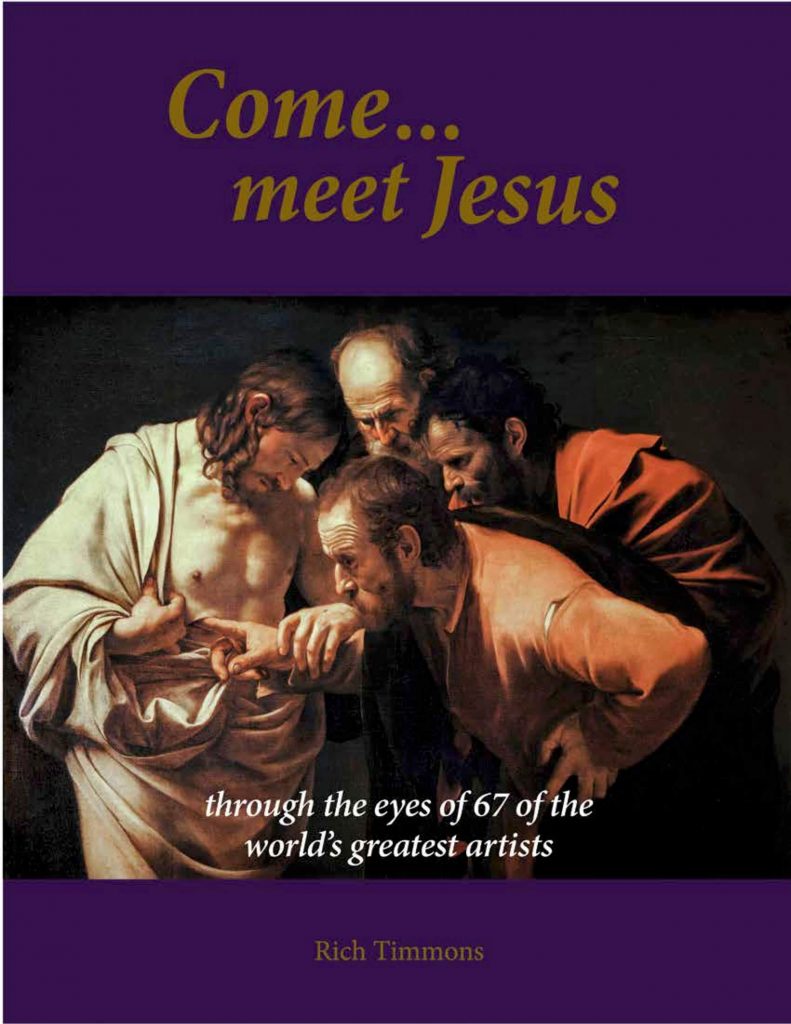John 8:2-11
2 Now very early in the morning, he came again into the temple, and all the people came to him. He sat down and taught them. 3 The scribes and the Pharisees brought a woman taken in adultery. Having set her in the middle, 4 they told him, “Teacher, we found this woman in adultery, in the very act. 5 Now in our law, Moses commanded us to stone such women. What then do you say about her?” 6 They said this testing him, that they might have something to accuse him of. But Jesus stooped down and wrote on the ground with his finger. 7 But when they continued asking him, he looked up and said to them, “He who is without sin among you, let him throw the first stone at her.” 8 Again he stooped down and wrote on the ground with his finger. 9 They, when they heard it, being convicted by their conscience, went out one by one, beginning from the oldest, even to the last. Jesus was left alone with the woman where she was, in the middle. 10 Jesus, standing up, saw her and said, “Woman, where are your accusers? Did no one condemn you?” 11 She said, “No one, Lord.” Jesus said, “Neither do I condemn you. Go your way. From now on, sin no more.”
Vassily Polenov once said “I love the Gospel tales beyond words” and he obviously wanted to bring people closer to understanding Jesus through his paintings. He traveled throughout the Middle East in order to understand how to represent the figures and settings more realistically. He practiced and reworked sketches to get the perfect balance of visual beauty, historical realism, and communicative truth in his compositions. All of this love is so evident in this painting here. It is a huge painting, floor to ceiling, and has all the grandness of an old masterpiece in the setting, dynamic lighting with a sunny diagonal swath illuminating the focal point, and tension and drama frozen moment in time.
The figures especially fill the painting with rich believability. Passerby are coming out of the temple discussing and a beggar sits on the steps. The small crowd surrounding the teacher look like they have settled in for a while to listen in the shade with their comfortable positions, water jugs, and baskets of things. They are not generic but feel like individuals. A man riding by on a donkey turns to see the commotion, as does a woman shading her eyes on the steps. The Pharisee, in the very center of his painting, his expression angry and forceful, demands to know what Teacher will do about this woman caught in the middle of her sin. He points at the woman and the stones on the ground with which, according to Moses, she should be killed. He too is followed by a small crowd, more Pharisees, and also some mockers and curious onlookers. The woman is resistant with clenched fists and dug in heels, as if she was just fighting being drug around or bravely bracing herself for the first stone… but her face is scared, curiously waiting for what He will say. Jesus for His part looks unperturbed. He has just turned His head, interrupted from his teaching. He knows what is in the heart of the Pharisees, that they do not really care about upholding morality for the sake of God… they are just using this woman to trap Him in a tough question. He knows the sin and hardness of their heart. He knows the woman’s heart and the heart of the man with whom she sinned… He is not confused, flustered, angry, or condemning in this scene. He doesn’t argue with the Pharisees or berate the woman or lecture to his listeners. He doesn’t deny Moses’ law or the gravity of the sin of adultery, which really is deserving of death… He instead simply reminds the people that they are not without sin either. And He forgives the woman and tells her to “go and sin no more”… which is only possible because soon He will pay for all this sin with his own death. And He knows that too. It is why He came.
Located in State Russian Museum, St Petersburg


